Advertisement
Imagine describing something in words—like “a purple elephant riding a skateboard”—and seeing it instantly turn into a picture. That’s what DALL·E 3 can do. It’s a type of AI that takes your text and creates images from it. But what if you want to make small changes to that image or create a new version with slight differences? That’s where Copilot Image Creator comes in. It gives you the tools to generate and then easily edit your AI-generated pictures—all in one place, even if you’re not a designer or an artist.
DALL·E 3 is an image-generation AI created by OpenAI. It's trained to understand descriptions in plain language and turn them into detailed pictures. For example, if you type “a cottage in a snowy forest at sunset,” DALL·E 3 understands what those words mean and draws an image to match them.
Copilot Image Creator is a tool that uses DALL·E 3 and makes it easier for regular users to interact with. You don't need to install anything. It usually works through web browsers, sometimes integrated into platforms like Microsoft Edge or Bing. Think of Copilot as your helper—it listens to your prompt, passes it to DALL·E 3, and then shows you the result.
What makes Copilot special is that it doesn’t stop at creating images. It also allows you to tweak them. If you like the picture but want the cat in the background to be a dog, you can ask Copilot to make that change. No photo-editing skills are required.
The tool is user-friendly and often built right into websites. You don’t need an account in some cases, though signing in might unlock more features. It’s made for anyone who wants to visualize their ideas—students, teachers, content creators, or just curious minds.
To create your first image with Copilot and DALL·E 3, start by opening your browser and visiting the Copilot Image Creator page. If you're using Microsoft Edge, you might notice a small sparkle or paintbrush icon that opens the tool directly. Once you're on the page, you’ll see a text box—this is where the fun begins.
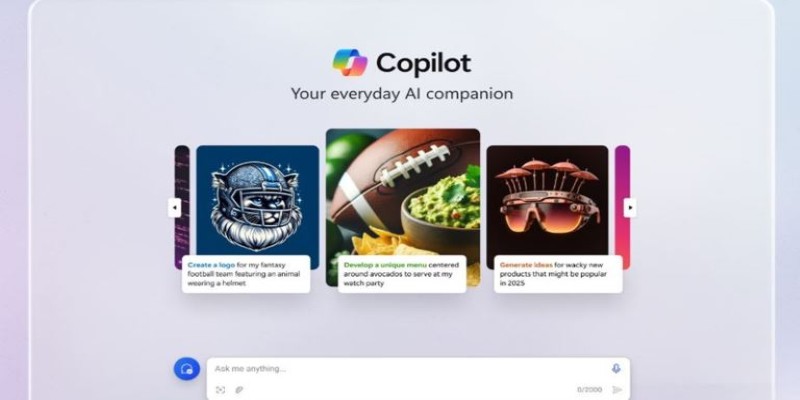
In that box, type out a short description of the image you want. For example, you could write “a golden retriever wearing sunglasses at the beach” or “a futuristic city floating in the sky.” Try to include a few specific details like colors, the setting, or what’s happening in the scene. The clearer your idea, the better the results.
Once your prompt is ready, click the button that says “Create” or “Generate.” In just a few seconds, the AI will present several versions of your image based on your description. These results usually appear in a grid, showing different takes on your idea. You can click on any of them to view them in more detail. If you find one you love, it’s easy to download or share. If the results don’t feel quite right, you can update your prompt or add new details to help the AI understand your vision better.
There’s also an option to “refresh” or “re-imagine” the prompt, which tells the AI to take the same idea and try again with a fresh perspective. This can be helpful when you're not sure what you're looking for but want to explore different styles or moods.
Another helpful feature is prompt history. It lets you revisit your previous ideas and adjust them without starting from scratch. This makes experimenting easy, so you can build on what you’ve done and gradually refine your image until it looks just right.
Once you've generated an image, you might notice things you'd like to adjust. Maybe the lighting is too dark, or the cat looks more like a lion. This is where Copilot’s editing features shine.
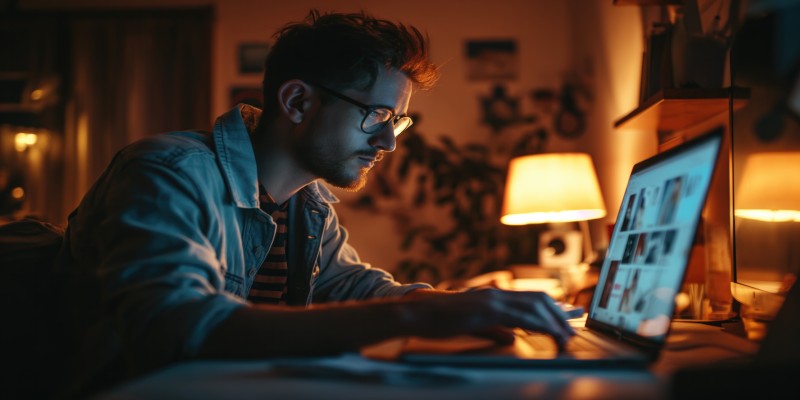
First, look for the "Edit" or "Modify" button under your image. Some versions of the Copilot Image Creator will let you erase part of the image and type what should go there instead. This is called inpainting. For example, if there's a red balloon in the sky and you want it to be blue, you can select that area and type "blue balloon," and the AI will redraw that part.
Another way to make changes is to update your prompt. For example, if your first request was “a boy reading under a tree,” and the image came out with too many shadows, just change your prompt to “a boy reading under a tree in bright sunlight” and generate again. The AI will keep your original idea but improve it based on your update.
If you want a different angle or mood, try changing the point of view. Say “from above,” “in winter,” or “in a cartoon style.” Copilot is smart about understanding those shifts.
There’s even a remix feature in some versions, which lets you start from an existing image and explore variations of it—like changing the background or turning a daytime scene into night.
Copilot also helps if you want to create a series of consistent images. For example, for a school project or a digital storybook, you can keep reusing the same character and just update their setting or activity. Typing things like "the same girl now riding a bike" helps the AI know what you mean.
Using DALL·E 3 with Copilot Image Creator is like having a magic paintbrush that listens to your thoughts. You type what you imagine, and the tool turns it into a picture—and then lets you change anything you want. Whether you’re making art for fun, designing something for school, or testing out a creative project, it’s a simple way to bring your ideas to life. With a little practice in writing prompts and using the edit tools, anyone can become a visual storyteller—even without knowing how to draw. The more you experiment, the more confident and creative you’ll get with each new image you create.
Advertisement
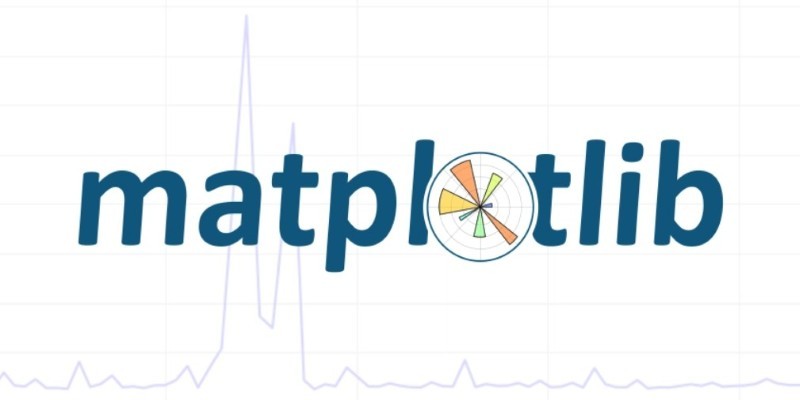
Find out the 10 unique ways to use advanced data visualization with Matplotlib to make your charts more engaging, clear, and insightful. From heatmaps to radar charts, learn how to go beyond basic graphs and explore deep-er patterns in your data

Adobe plans to integrate generative AI tools from OpenAI and others to boost creative workflows and user productivity

Explore machine learning use cases and business benefits from marketing to cybersecurity.
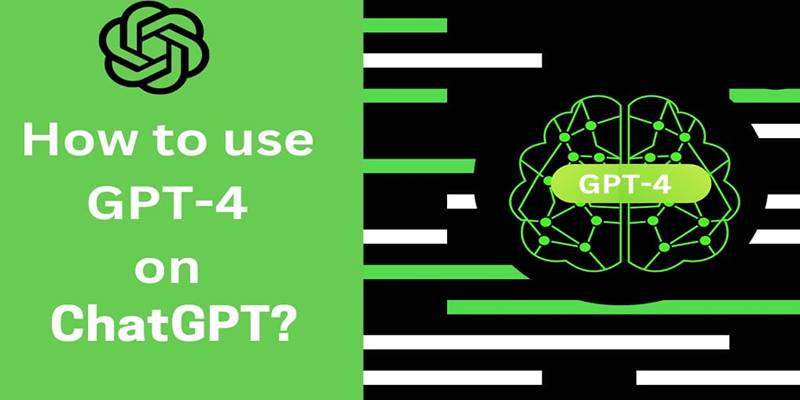
Learn how to access GPT-4 on ChatGPT. Follow these steps to unlock AI features and boost your productivity.

Discover how ChatGPT can revolutionize your cooking routine by offering meal plans, recipe ideas, and even cooking tips based on what’s in your kitchen

Learn how artificial intelligence organizes random data, increases output, and drives efficiency throughout content management
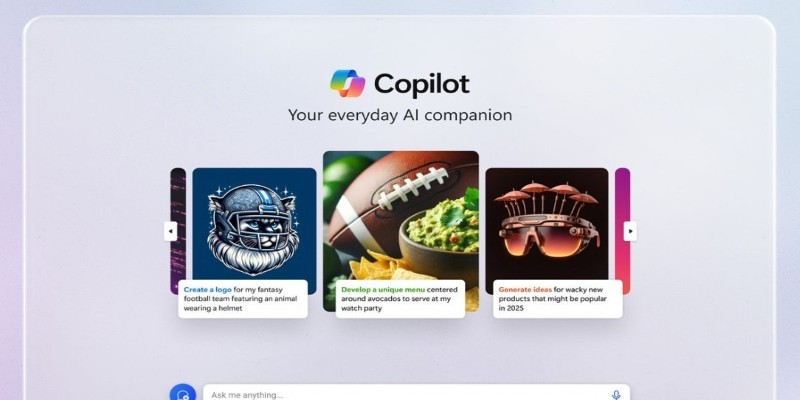
How to generate and edit DALL·E 3 images step by step using the Copilot Image Creator. Discover how to turn text prompts into stunning visuals and make quick edits—all without design skills

Want to chat, learn, or translate using ChatGPT in another language? Discover how it handles multiple languages and helps with grammar, vocabulary, and fluency

How the Python Global Interpreter Lock (GIL) works, how it affects threading and performance, and when Python multithreading is useful or limited

Know what an AI accelerator is, how it works, and why it's vital for powering today's smart tech and intelligent systems
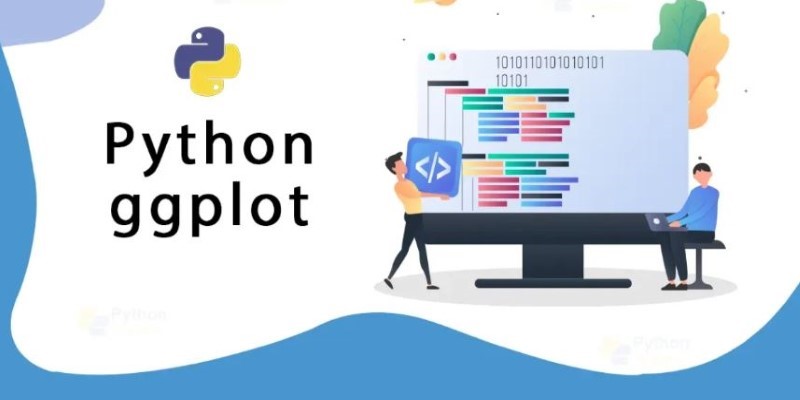
Learn how to create effective charts using ggplot in Python. This guide covers syntax, setup, and examples for powerful data visualization using the plotnine library
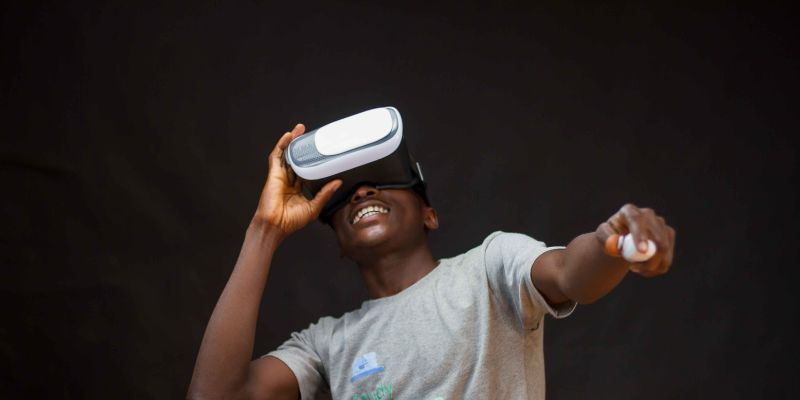
Discover VR’s present and future: gaming, therapy, training and metaverse integration. VR trends for 2030.